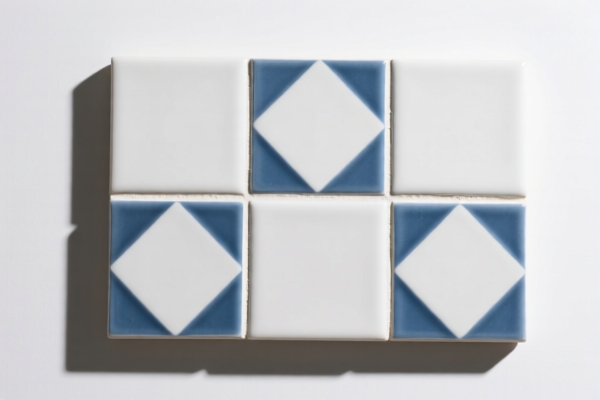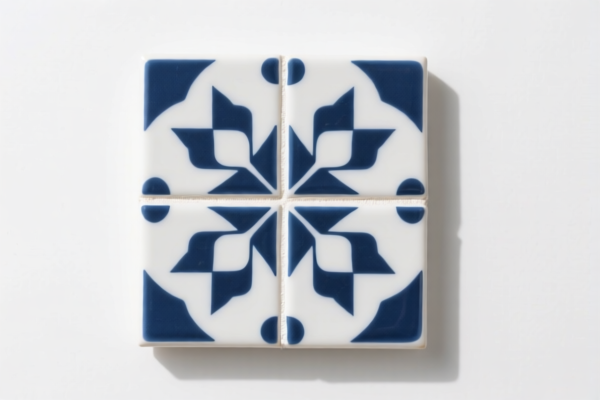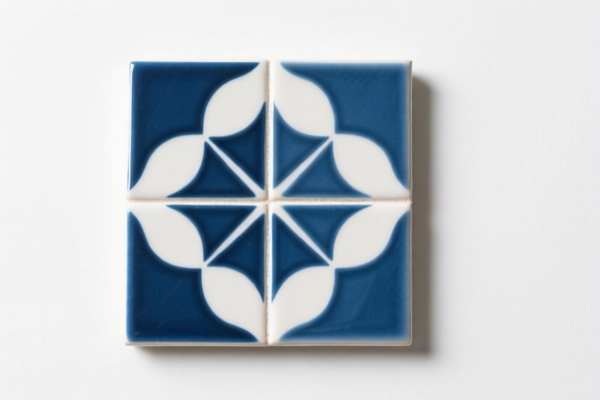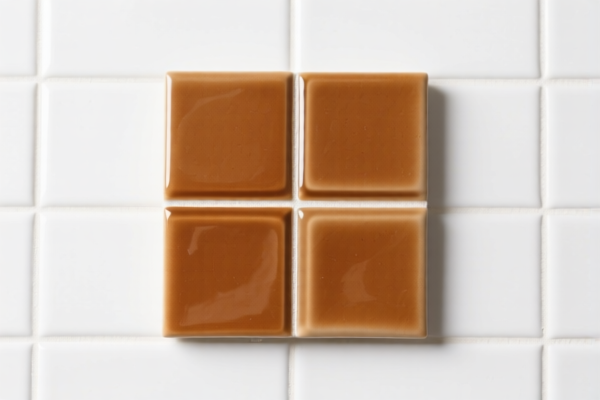| HS Code | Official Doc | Tariff Rate | Origin | Destination | Effective Date |
|---|---|---|---|---|---|
| 8464100100 | Doc | 55.0% | CN | US | 2025-05-12 |
| 8464900120 | Doc | 57.0% | CN | US | 2025-05-12 |
| 8430690100 | Doc | 55.0% | CN | US | 2025-05-12 |
| 8430610000 | Doc | 55.0% | CN | US | 2025-05-12 |
| 6701006000 | Doc | 59.7% | CN | US | 2025-05-12 |




Tiling Machine
A tiling machine is a power tool used to efficiently and accurately install tiles—ceramic, porcelain, natural stone, and glass—onto surfaces such as floors, walls, and countertops. These machines automate and expedite the tile-laying process, reducing physical strain and improving the consistency of tile placement.
Materials & Components
Tiling machines are constructed from a combination of robust materials to withstand the demands of construction environments. Key components include:
- Frame: Typically steel, providing structural support and stability.
- Motor: Electric motors are standard, with varying power levels depending on the machine's size and intended use.
- Drive System: Includes tracks, wheels, or a combination, enabling movement across the substrate.
- Tile Suction Cups: Utilize vacuum suction to securely hold tiles during placement. The number and size of suction cups vary.
- Control Panel: Allows for adjustment of speed, tile spacing, and other parameters.
- Tile Spacers: Integrated or attachable components to maintain consistent grout lines.
- Leveling System (optional): Some machines incorporate automatic leveling features.
Purpose & Function
The primary purpose of a tiling machine is to streamline the tile installation process. They function by:
- Tile Lifting & Placement: Suction cups lift tiles from a stack or rack and precisely position them on the prepared substrate.
- Automated Movement: The drive system propels the machine across the surface, automatically placing tiles in a defined pattern.
- Consistent Spacing: Integrated spacers ensure uniform grout lines, improving the aesthetic quality of the finished installation.
- Reduced Physical Effort: Machines significantly reduce the need for manual lifting, bending, and positioning of tiles.
- Increased Speed: Installation times are substantially reduced compared to traditional methods.
Usage Scenarios
Tiling machines are commonly employed in a variety of settings:
- Commercial Construction: Large-scale projects such as shopping malls, hotels, and office buildings.
- Residential Construction: New home builds and renovations, particularly in large bathrooms or kitchens.
- Industrial Facilities: Warehouses, factories, and other facilities requiring durable tile flooring.
- Large-Area Tile Installations: Any project involving extensive tile coverage.
- Projects Requiring Precision: Situations where consistent tile alignment and spacing are critical.
Common Types
Several types of tiling machines are available, each suited to different applications:
- Walk-Behind Tiling Machines: Operator walks behind the machine, guiding it along the surface. Suitable for large, open areas.
- Remote-Controlled Tiling Machines: Operator controls the machine remotely, allowing for greater maneuverability in tight spaces.
- Tracked Tiling Machines: Utilize tracks for enhanced stability and traction, ideal for uneven surfaces.
- Wheeled Tiling Machines: More suitable for smooth, level substrates.
- Small/Handheld Tiling Machines: Designed for smaller projects and detailed work. Often used for wall tiling.
- Self-Leveling Tiling Machines: Incorporate automatic leveling systems to compensate for substrate irregularities.
The declared goods are tiling machines, which are used for laying tiles on surfaces such as floors, walls, and ceilings. These machines automate or assist in the process of tile installation, improving efficiency and accuracy.
The following HS codes are relevant to tiling machines, based on the provided reference material:
- 8464100100: Machine tools for working stone, ceramics, concrete, asbestos-cement or like mineral materials or for cold working glass: Sawing machines. This code may apply if the tiling machine incorporates a sawing function for cutting tiles to size. The total tax rate is 55.0%, comprising a 0.0% base tariff and a 25.0% additional tariff, increasing to 30.0% after April 2, 2025.
- 8464900120: Machine tools for working stone, ceramics, concrete, asbestos-cement or like mineral materials or for cold working glass: Other Other. This code covers tiling machines that do not fall under the 'sawing machines' category but are still used for working with these materials. The total tax rate is 57.0%, consisting of a 2.0% base tariff and a 25.0% additional tariff, rising to 30.0% after April 2, 2025.
According to the provided reference material, the HS code options related to 'tiling machine' are limited, with only the following 2 found.
Customer Reviews
No reviews yet.